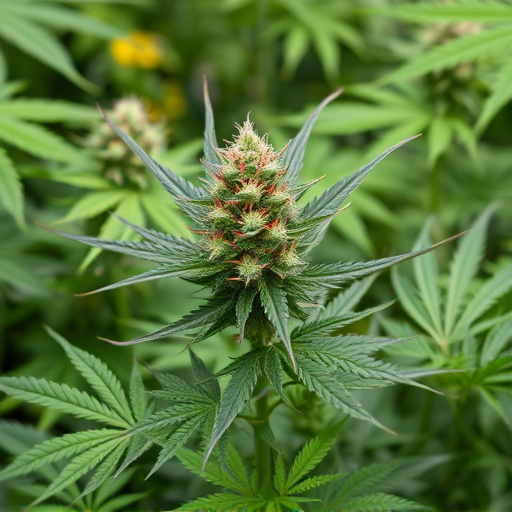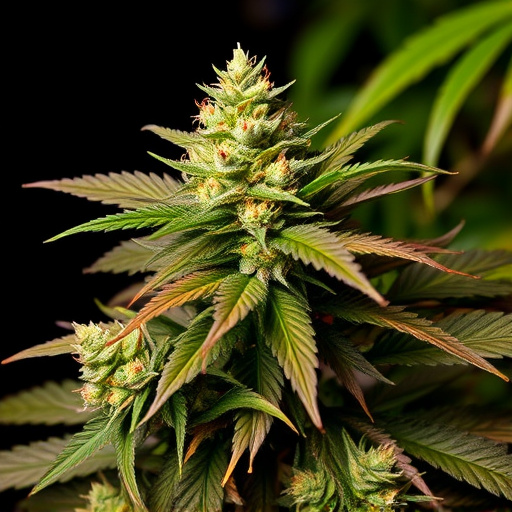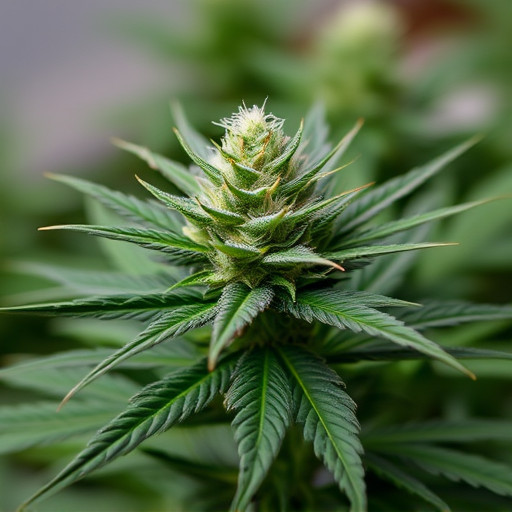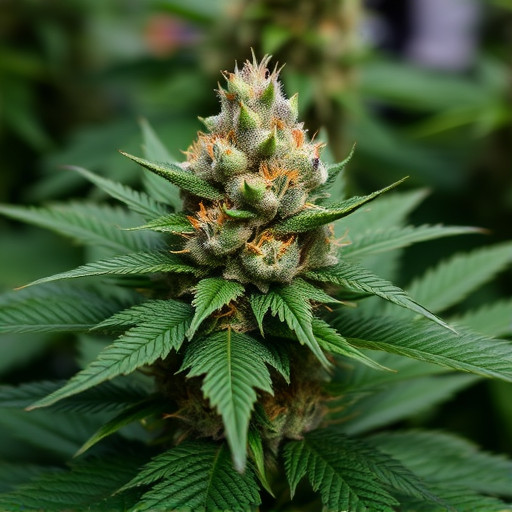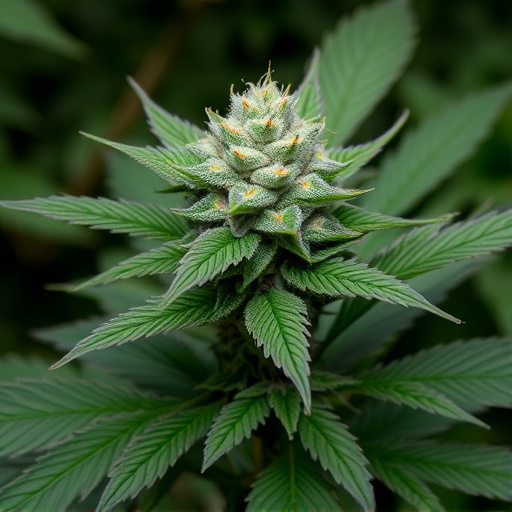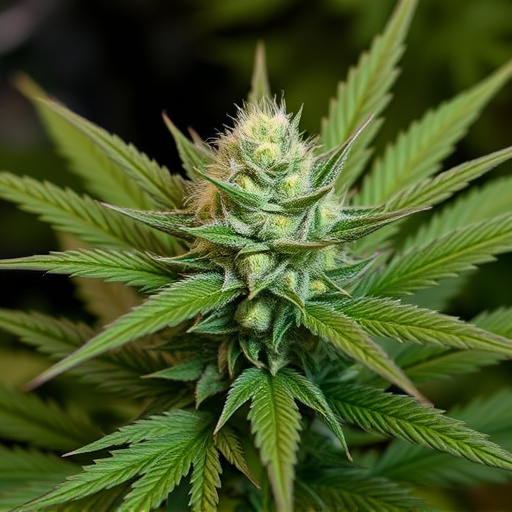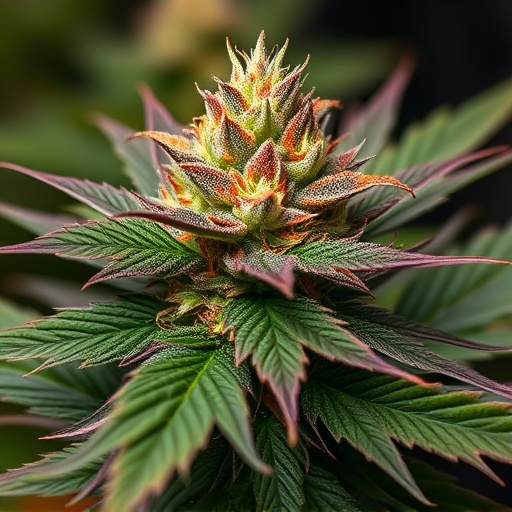While cannabis flower presents therapeutic potential, long-term use of high-THC strains carries substantial health risks, including cognitive impairments and worsened mental health conditions. Adolescents are particularly vulnerable. Different "best strains of cannabis," characterized by their cannabinoid and terpene profiles, offer various effects (calming, creative, or balanced). Informed selection based on individual needs and tolerances can help mitigate these risks while harnessing cannabis's advantages.
In recent years, cannabis flower has gained popularity for its therapeutic benefits. However, it’s crucial to understand the potential risks associated with consumption. This article delves into the dark side of cannabis, exploring adverse effects and long-term concerns. We also highlight the best strains of cannabis that can mitigate these risks while enhancing therapeutic outcomes, providing a comprehensive guide for informed decision-making.
- Potential Health Risks Associated with Cannabis Flower Consumption
- Exploring the Dark Side: Adverse Effects and Long-Term Concerns
- Best Strains of Cannabis: Mitigating Risks and Enhancing Benefits
Potential Health Risks Associated with Cannabis Flower Consumption
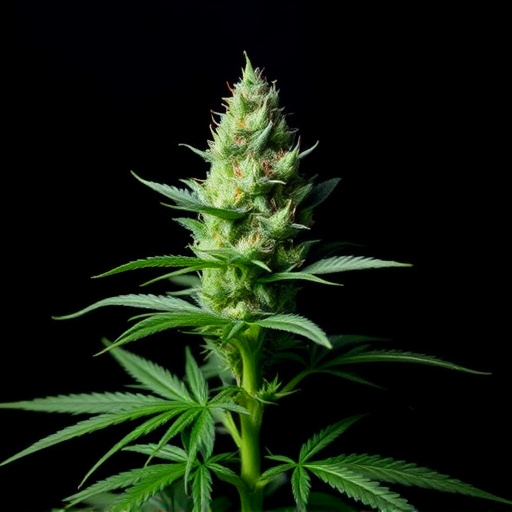
Cannabis flower, while often touted for its potential therapeutic benefits, also carries certain health risks that are worth considering, especially as the market for best strains of cannabis continues to grow. One of the primary concerns is the impact on mental health. Regular consumption, particularly in high doses, has been linked to an increased risk of psychosis or exacerbation of existing psychiatric conditions like schizophrenia. This is particularly relevant when potent strains with higher THC (tetrahydrocannabinol) levels are involved.
Additionally, cannabis use can lead to respiratory issues due to the inhalation of smoke, which can irritate the lungs and potentially contribute to chronic bronchitis or other pulmonary problems. Moreover, some studies suggest that long-term cannabis use may be associated with cognitive impairments, including memory and attention deficits. Understanding these potential health risks is crucial when exploring the benefits of cannabis, especially as consumers seek out the best strains for their needs.
Exploring the Dark Side: Adverse Effects and Long-Term Concerns

While cannabis flower offers therapeutic benefits and a wide range of potential advantages, exploring its darker side is crucial to understanding the risks associated with long-term use. Adverse effects can manifest in various forms, from cognitive impairments to mental health concerns. Studies suggest that regular cannabis consumption, especially at high doses or by young individuals, may lead to difficulties in memory, attention, and executive functions. These cognitive impacts are particularly pronounced in those who start using cannabis during adolescence.
Moreover, prolonged exposure to cannabis can trigger or exacerbate mental health issues, such as anxiety, depression, and psychosis. Individuals with a predisposition to these disorders might be at higher risk of experiencing negative effects. The interaction between cannabis and pre-existing conditions is complex, and it’s essential to consider the potential long-term consequences when discussing the benefits of best strains of cannabis. Understanding these risks is vital for making informed decisions regarding cannabis use.
Best Strains of Cannabis: Mitigating Risks and Enhancing Benefits
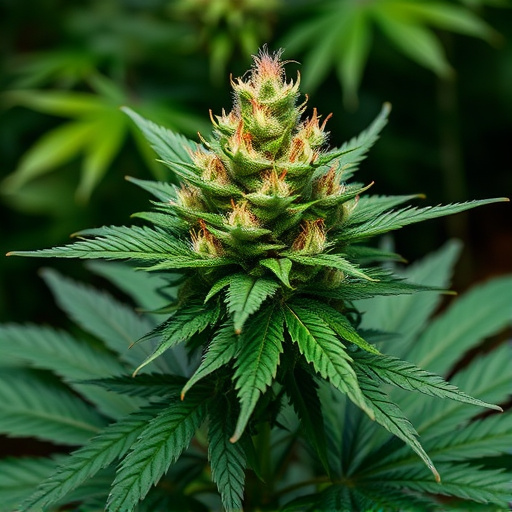
When exploring the potential benefits of cannabis flower, understanding the concept of best strains of cannabis is paramount for mitigating risks and maximizing advantages. Different strains offer unique combinations of cannabinoids and terpenes, which can significantly influence their effects. For example, indica strains are favored for their calming and relaxing properties, ideal for managing stress and promoting sleep. Sativa varieties, on the other hand, are known to stimulate creativity and energy levels, making them popular choices for daytime use or enhancing focus.
Hybrid strains represent a blend of indica and sativa genetics, offering balanced profiles that can cater to diverse user preferences. By carefully selecting these best strains of cannabis based on specific needs and tolerances, individuals can navigate the risks associated with consumption while unlocking the full potential of this versatile plant.
While cannabis flower offers potential therapeutic benefits, it’s crucial to acknowledge and understand its risks. The article has explored adverse effects ranging from short-term issues like anxiety and paranoia to long-term concerns related to mental health and cognitive function. However, by strategically choosing the best strains of cannabis, individuals can mitigate these risks and harness the plant’s positive attributes more safely. Further research and responsible consumption practices are essential to navigating this complex landscape.




